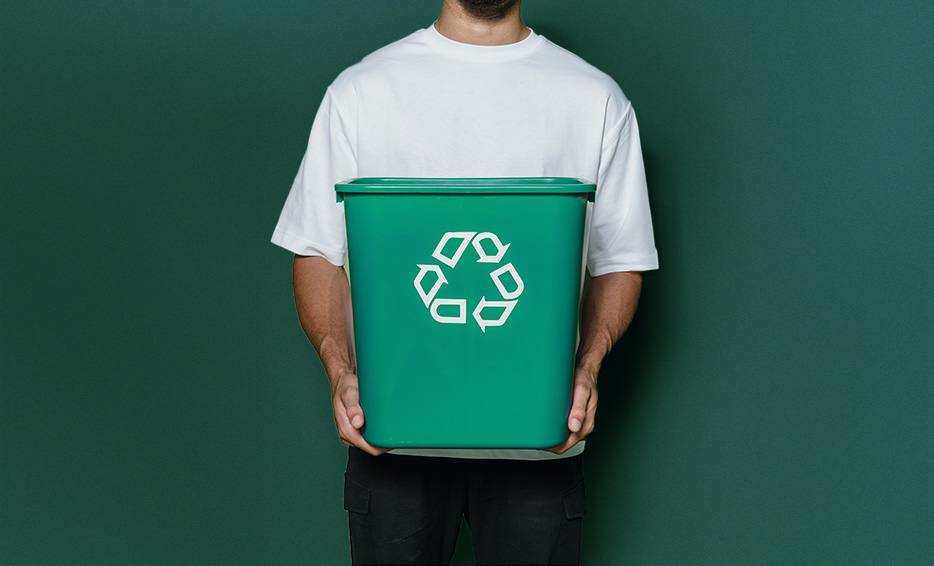

Guidelines for sorting waste
Sorting and recycling are important parts of waste reduction. When waste is sorted correctly, it can be used as efficiently as possible. When each of us carefully sorts our waste, it keeps waste management costs under control - and we feel the savings directly in our pockets.
Prevent generation of waste
- Choose wisely, acquire only what you need.
- Choose products that last as long as possible.
- Favour products with less packaging.
- If you have any clothing, things and toys in good condition that you no longer need, recycle them. You can take them, for example, to the Finnish Red Cross’ Kontti Secondhand Department Store
- Instead of owning, borrow or rent.
- Buy second-hand products and products made of recycled raw materials
- Favour experiences and services as gifts.
The four R’s of reducing waste
Reduce
Reuse
Recycle
Recovery
Which waste belongs to which sorting or collection container?
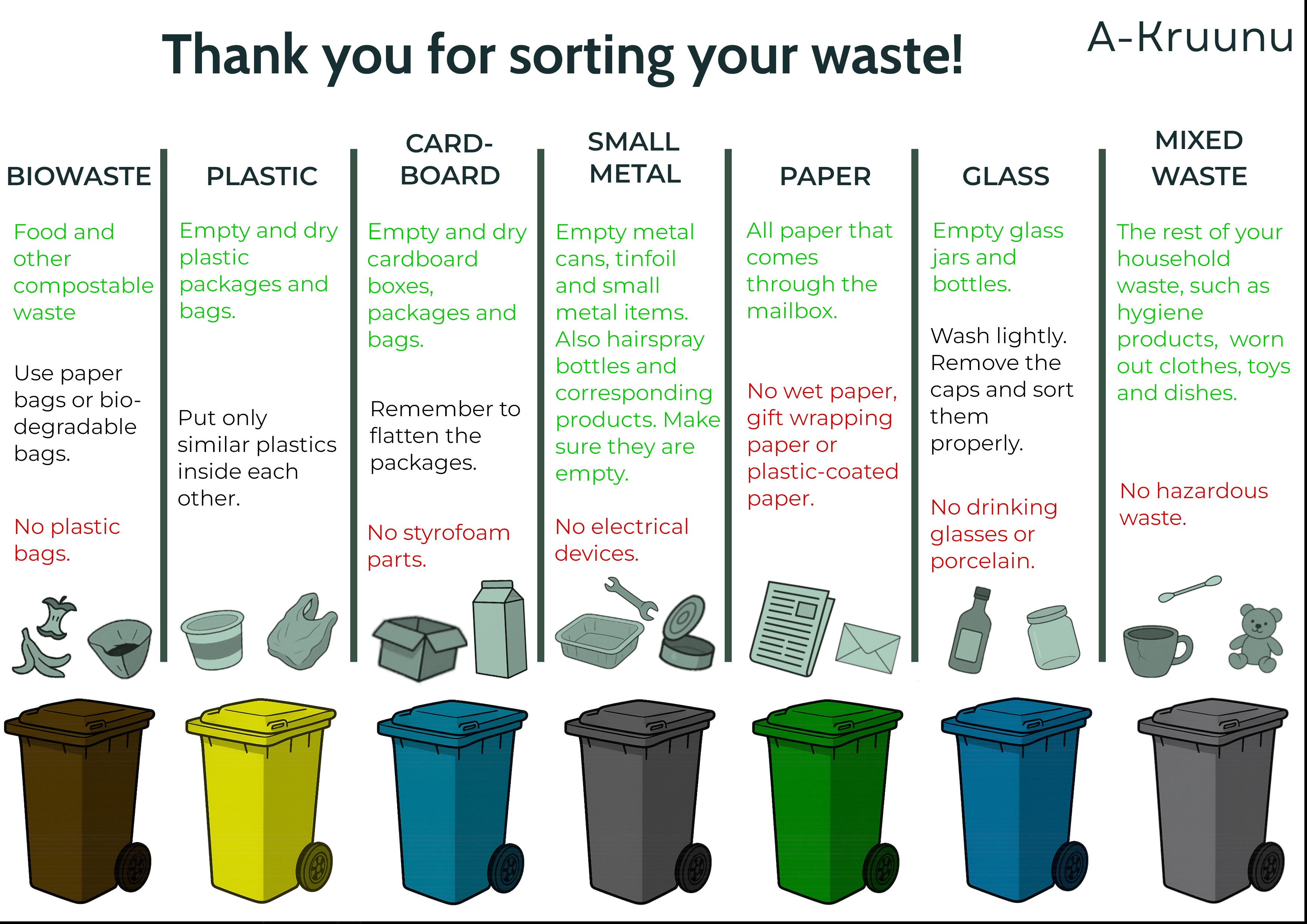
Below you will find instructions for waste management, or you can use the link to browse more comprehensive instructions for waste management.
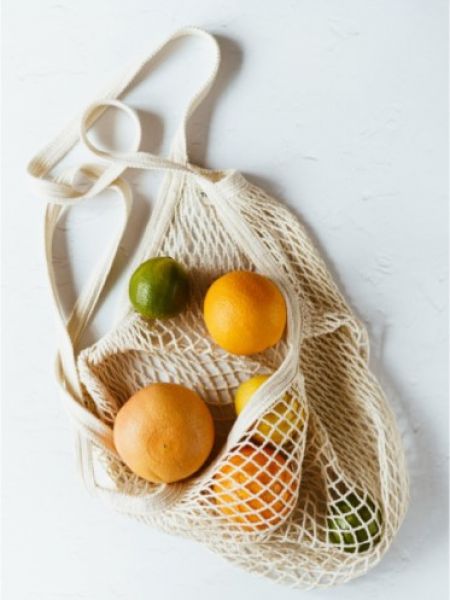
Bio-waste container or compost
Bio-waste consists of biodegradable and compostable food and kitchen waste and easily biodegradable fibre materials.
Sorting bio-waste is important because it helps to recover nutrients and produce renewable energy.
Bio-waste includes, for example, fruit and vegetable peels, food scraps, coffee and tea grounds, egg cartons, and tea and coffee filters.
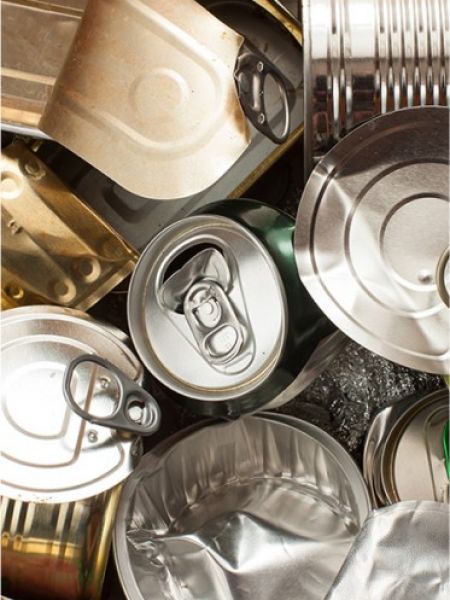
Sort in their own collection containers each
Such as paper, cardboard, and metal, glass and plastic packaging, is sorted in their own collection containers each
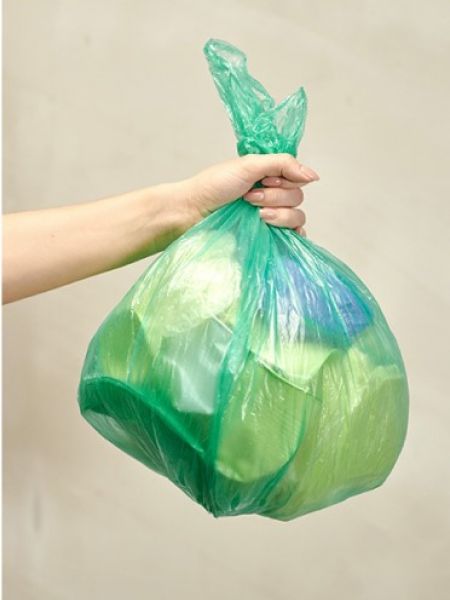
Take to mixed waste bin
Mixed waste is non-recyclable residual waste from which all recyclable raw materials have been separately sorted. Mixed waste includes hygiene products, plastic items, glass and other containers, vacuum cleaner bags, cat litter and used cooking oil in tightly sealed containers.
Mixed waste is the most expensive waste, so minimising its creation is worthwhile.
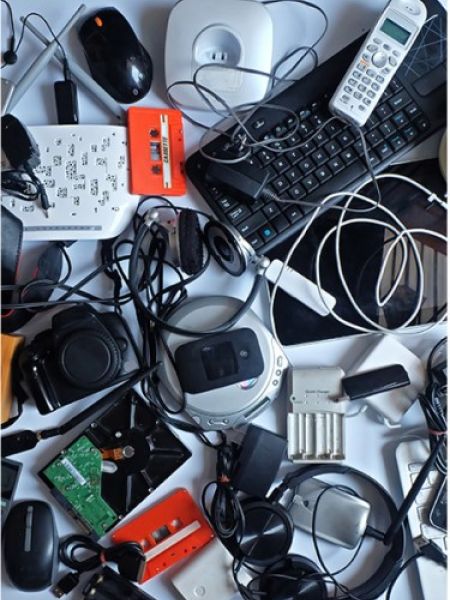
Take to a collection point for electrical and electronic waste
For example, to a collection point for electrical and electronic waste. Did you know that, for example. HSY's collection vehicles accept electrical and electronic waste. Electronics stores may also accept used devices.
Read more information and check the schedules on HSY's website.

Take to a pharmacy or a hazardous waste collection point.
For example, bring unused medicines, needles, syringes, and mercury thermometers to a pharmacy or a hazardous waste collection point.
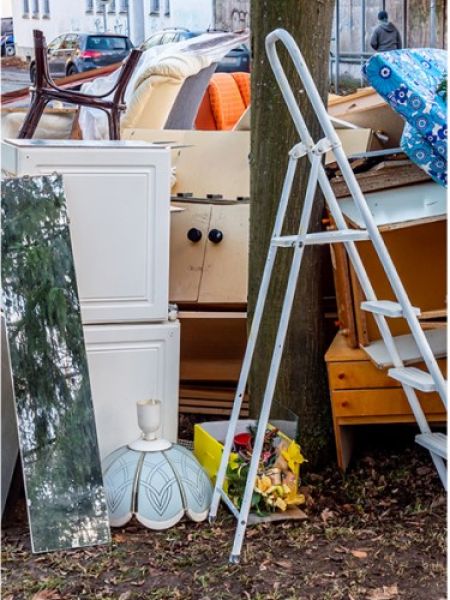
Take to a waste treatment site or Sortti stations
For example, furniture that is in poor condition is treated as mixed waste to be brought to a waste treatment site. For example, Sortti stations in the Helsinki metropolitan area and Kirkkonummi accept large items.
Do not leave furniture by your building's waste bins. This adds significant costs to the housing company and will ultimately cause increases in rents.
